The health benefits of fasting and feasting during Ramzan are ample, provided you do it right. Experts and old-timers tell us how it can be achieved
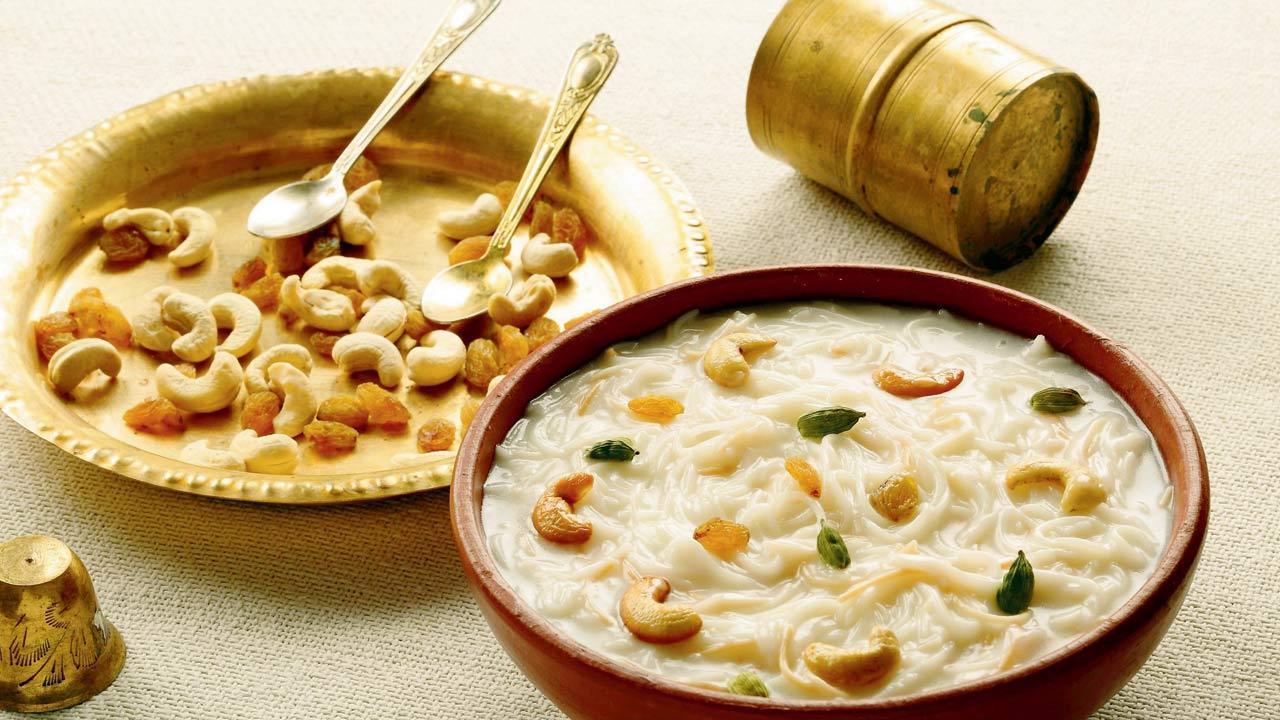
Since sehri needs to be easy on the tummy, sugar and carbs in the form of sevai with honey and jaggery are preferred
It’s the time of the year when observant Muslims around the world avoid all food and drink during daylight in the month of Ramzan. If done right, fasting from dawn to dusk can be an effective way to detox, believe experts. Explaining the physiological changes that fasters experience during the holy month, lifestyle coach and nutritionist, Raksha Lulla, says, “During the first few days of fasting, both blood sugar levels and blood pressure drop. You could experience headache, hunger and dizziness. Once the body is accustomed to the schedule, the digestive system begins to rest, and focuses on organ repair and cleansing the body.” This result, Lulla says, is possible only if you follow a healthy meal and fitness plan. “Otherwise, you’ll end up taxing the system further.”

Actor Sharib Hashmi prefers milk and bread or two eggs and bread. He avoids red meat
Jewellery designer and entrepreneur Shaheen Abbas believes in listening to her body. “If I feel like eating something, I eat it. But my sehri [pre-dawn meal] is light, because too much masala or gassy foods like dal or chana can make fasting difficult,” says Abbas. Her meal comprises eggs, chicken kheema or kebab with bread, jowar or bajra paratha. “You need carbs for energy unless you are planning on sleeping in all day, which I don’t. This morning, I had an omelette, avocado, smoked salmon, and coconut yoghurt. I threw in a slice of white bread with butter because small indulgences are fine.” The trick is to strike a good balance of carbs, quality protein and good fats, because while taste has its place, you need nutrients, too.
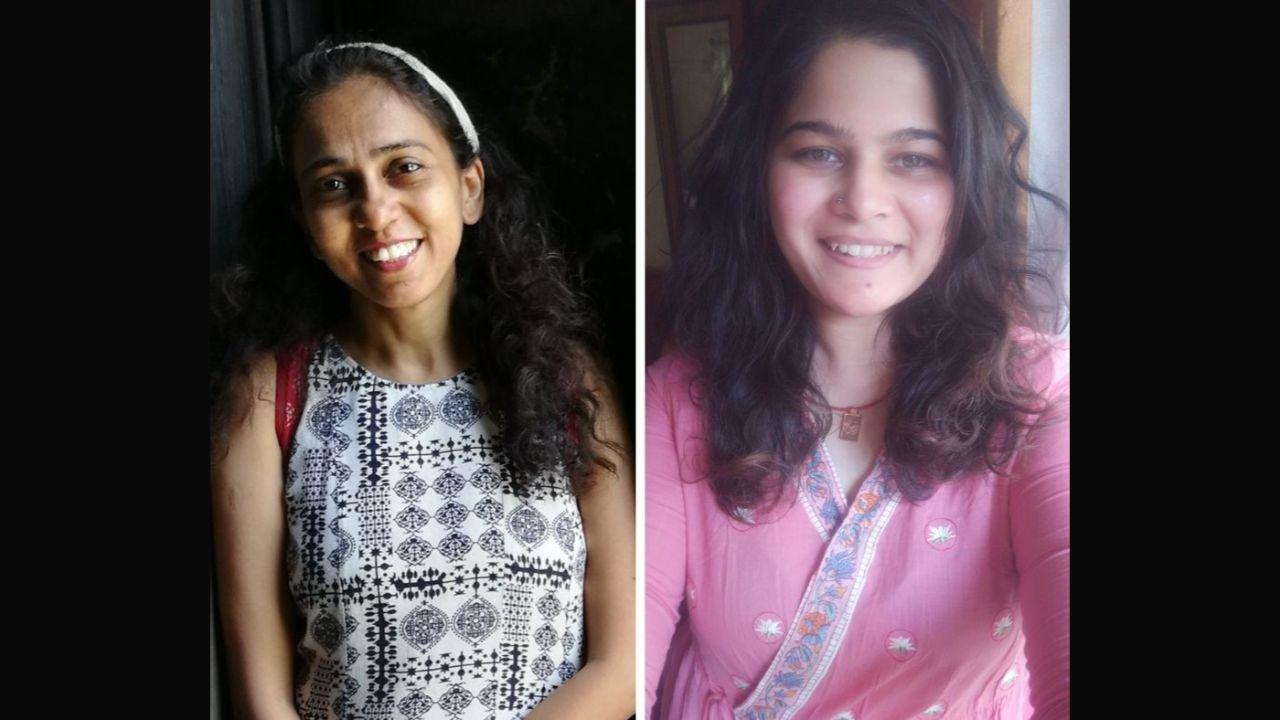
The wind release pose strengthens the back and abdominal muscles, tones the leg and arm muscles
For sehri, chef Sadaf Hussain’s has milk, sugar and carbs in the form of sevai, kheer or dalia with honey and jaggery. “Since you aren’t eating during the day, your body expends energy from sugar anyway. I avoid heavy foods like biryani, korma and nihari because we don’t end up moving around as much. I skip dehydrating beverages like tea and coffee.”
Actor Sharib Hashmi ensures his sehri is nutritious and fulfilling—enough to get him through the day and not bother him with hunger pangs till iftaar [sundown feast]. “For fasting to be beneficial, you need to choose your foods wisely.” Hashmi prefers milk and bread or two eggs with bread. He avoids red meat. Lulla thinks traditional, hot, home-made food is ideal. “Poha with peanuts or eggs and toast or paneer and vegetable stuffed parathas work well since whole grains, complimented with fat and protein, can help avoid energy crashes when fasting. Fresh food supplies your body with nutrients, keeps your energy levels consistent and the adequate salt intake lets you retain water in the body till iftaar,” she adds.
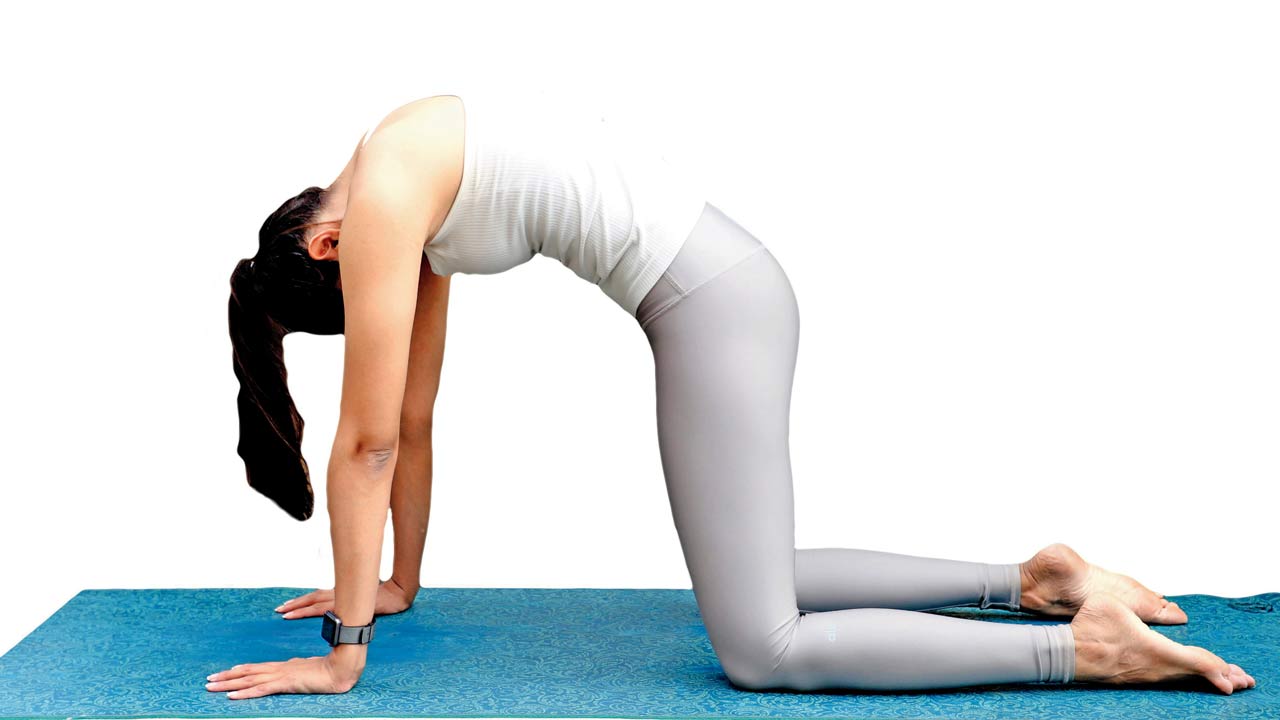
The cow pose helps gently stretch and warm up your spine
Celebrity nutritionist Pooja Makhija suggests egg whites with roti or bread and ample water (add sabja seeds) to curb acidity that could occur later in the day. “A glass of an electrolyte drink will help replace the lost fluid and electrolytes,” she shares.
Abbas’s iftaar table is usually laden with Indian snacks, including her all-time favourite ragda pattice. “I make sweet potato tikkis because I love the flavour. Smoothies with blueberry, avocado, strawberry and banana are the perfect combination of fruit and healthy fat. Another favourite is smoked salmon or tuna with avocado on toast. It’s my go-to snack,” she adds.

The body during the butterfly pose resembles the stance of a butterfly in motion
Hussain, on the other hand, prefers dates, meat, plenty of fruit, homemade sherbet, a pakodi and lentils to break his fast. “Fruits are healthy. Chana expands your gut since you haven’t had anything in the day, meat is for protein and pakora, because little oil is necessary.” He avoids store-bought sherbets and prefers homemade aam panna, nimbu paani, and Kashmiri Babri beol with sabza. “Avoid greasy foods for iftaar since you haven’t eaten all day and are about to restart the digestive machine,” he suggests.
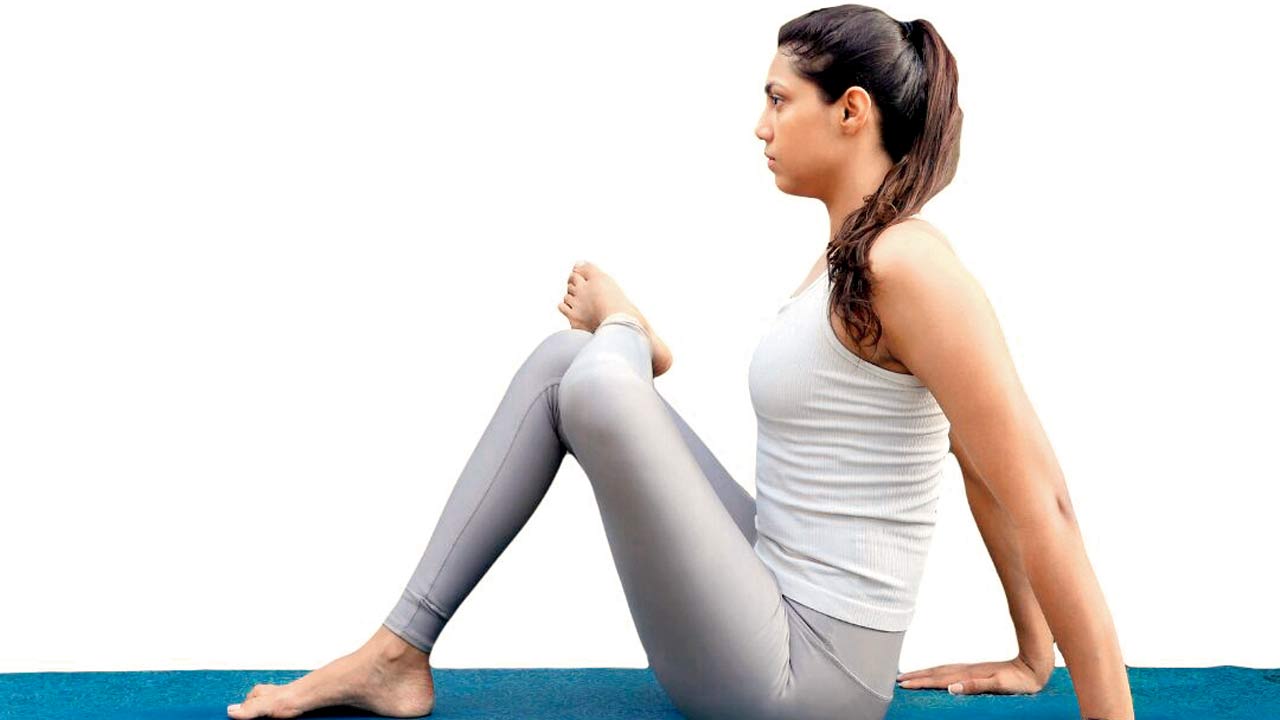
The pigeon pose is a kneeling back-bending asana
Makhija has an interesting hack to keep insulin levels in check. She suggests you break your fast with small, multiple meals as the body won’t be able to utilise the energy from a bulk meal and it will get stored as fat. Smaller meals—eaten at one hour intervals—mean fewer insulin spikes and your body will be able to burn more. “Since you’ve had a long day of dry fasting, it is best to have a glass of cinnamon water [one tsp cinnamon powder in a glass of water] as this reduces the spike in insulin once you start eating and is an efficient way to prevent fat storage. Make sure to stop eating at least one hour before bedtime because once we sleep, we are at Resting Metabolic Rate (RMR), which is lower than the Basic Metabolic Rate (BMR).”
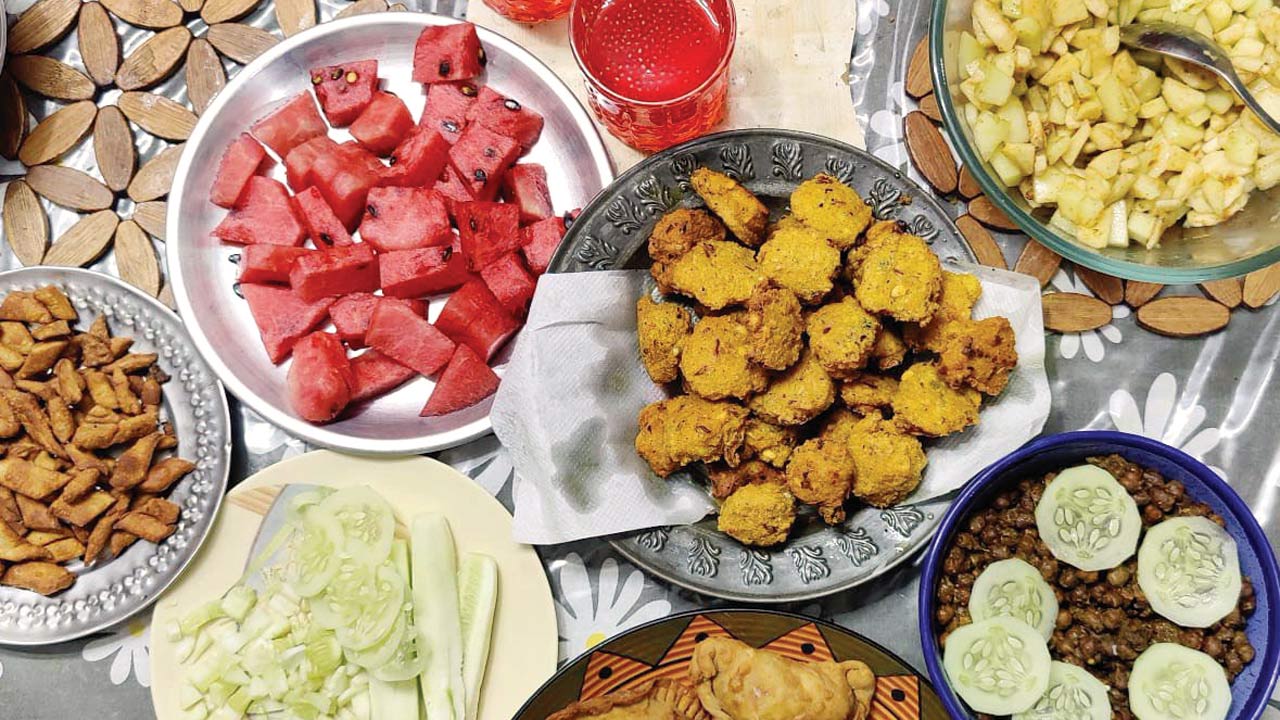
Chef Sadaf Hussain’s sehri table
For glycogen restoration and rehydration, Lulla advises breaking the fast with fruits like mango, jackfruit, melons, coconut water or Roohafza or dates with kala namak or milk with gulkand. “Consuming a lot of food immediately is going to slow down the absorption of glucose in the bloodstream, so have a second meal to fuel energy as sugars are still steadily rising. A light meal of rice, millets, potato with dal, dahi and ghee is good. Anything heavy or fried will make you lethargic.” An ideal meal, then, would be dosa-rasam-coconut chutney or potato and chana chaat with tamarind chutney or dal khichdi/dahi rice with ghee rai tadka or egg white and toast. You can also rustle up a cheese or paneer vegetable sandwich. “The third meal post the badi namaz [last prayer at night] can be homestyle dinner with all the macros, the season’s fresh produce, spices and flavours intact. I’d recommend the following dish combination: jowar roti with jackfruit subzi and chicken; appam or red rice with banana flower curry and fish; or meat curry with rice and subzi or dal-rice-ghee and a traditional subzi.”
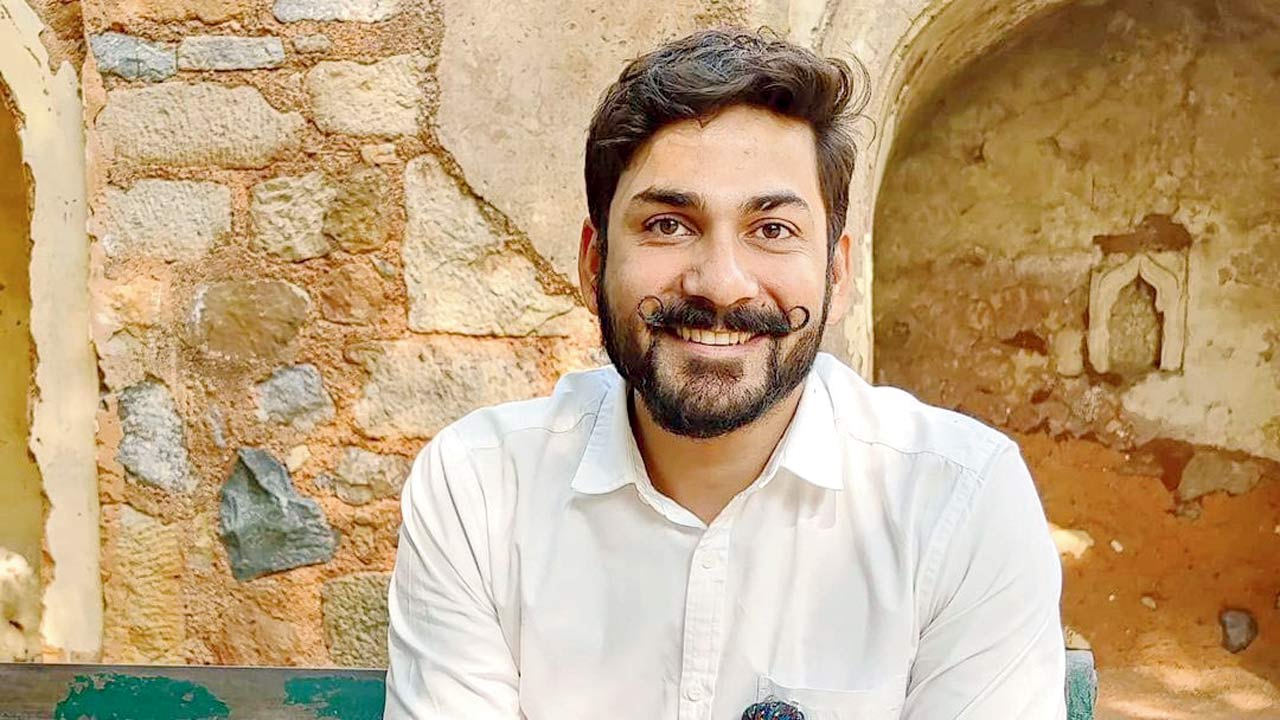
He prefers to avoid conventional heavy eats like biryani, korma and nihari
Being mindful of your food choices is not the only factor to keep in mind. Your fitness routine is as crucial. Explaining her regimen, Abbas says, “While fasting, I skip cardio and do a shorter workout with 20-30 minutes of strength training. I would lift a bunch of weights. Post iftaar, there is no restriction on any form of workout because you can eat and drink after it, which is important.”
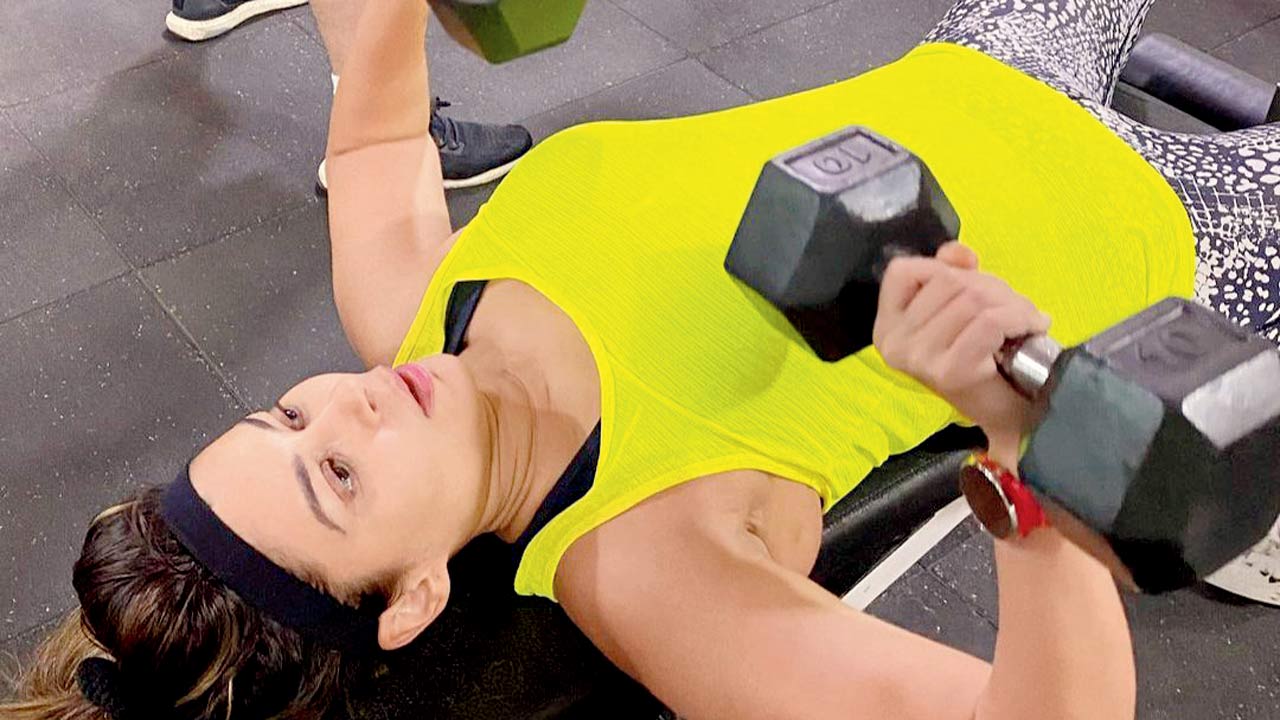
Jewellery designer and entrepreneur Shaheen Abbas prepares smoothies using blueberry, avocado, strawberry and banana. “They are a perfect combination of fruit and healthy fat,” she says
Hussain, too, prefers to work out in the evening and keeps it light with just 30-45 minutes of mild exercises and ensures he is well hydrated. “I add more protein to the diet when I am working out. Otherwise on most days, I do yoga—it helps me keep moving. Most yoga postures are helpful for the stomach and mind. During Ramzan, you need both. Snack on nuts and dry fruits if you are hungry,” he adds. Hashmi keeps it simple with regular walking. Now with the lockdown, he is restricted to doing it at home, especially after meals. “After a whole day’s fast, I don’t feel like doing intense exercises. Besides, working out rigorously can make you dehydrated, so, it’s better to work out light with some stretching exercises,” he adds.
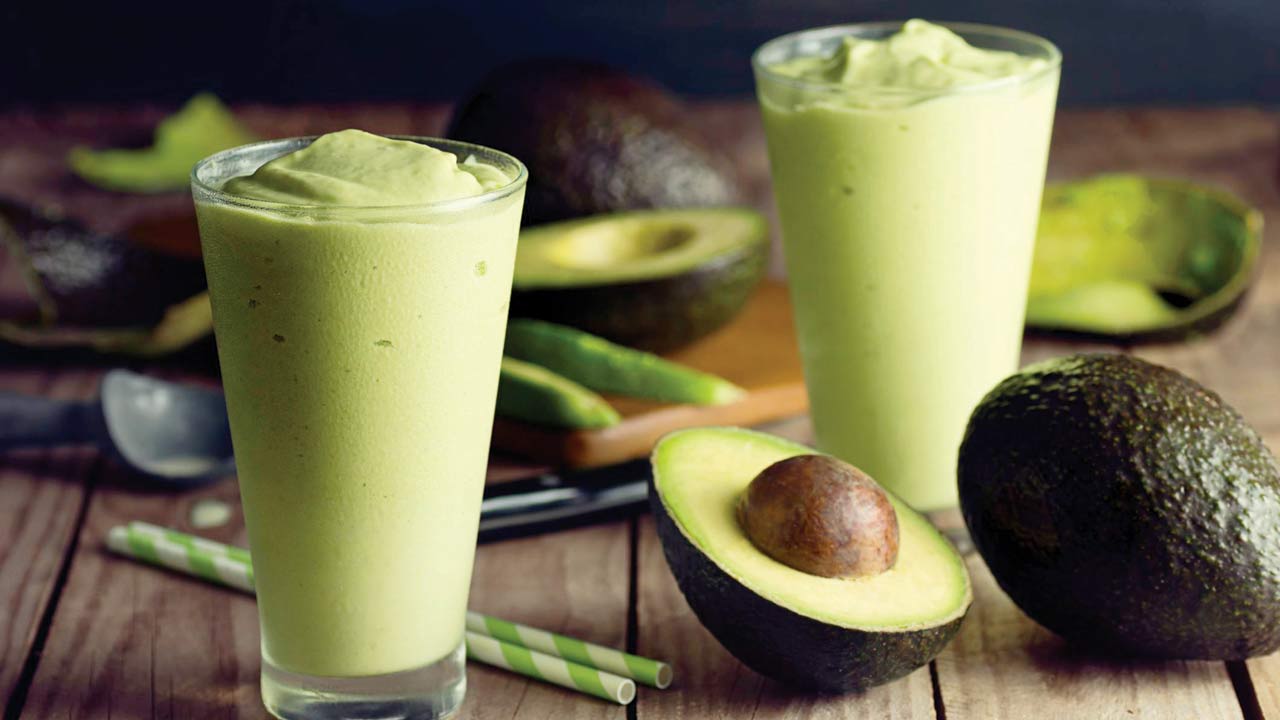
Anshuka Parwani is the founder of Anshuka Yoga in Bandra West. She believes regardless of the nature of fasting, abstaining from food and water for long duration is known to eliminate toxins from the body. “Ramzan is a also month of introspection, devotion, discipline and obviously fasting. Since one is abstaining, it is important to keep your mind and body strong and what better way than yoga to build strength and induced calmness. Yoga is your partner in fasting.” She suggests you keep the asana practise to a minimum and focus on pranayam and meditation to build a deeper connection with yourself. Gentle stretches help relieve the symptoms of fasting such as migraine, fatigue and lethargy. “It helps to get the blood circulation going, so you feel more agile, focused and energetic.”

Raksha Lulla and Pooja Makhija
Parwani thinks you must exercise whenever you have the energy, but preferably before sehri, closer to iftaar or two hours after iftaar. She recommends a short sequence that starts with five suryanamaskars to stretch, strengthen and tone the muscles, loosen the body and open you up. This can be followed by shavasan and then a meditation practice. “If you have the energy, add more postures like Sethu Bandhasan (bridge pose), followed by Baddhakonasana (butterfly pose), Marjariasana/ Bitilasana (cat /cow pose), Parivrtta Janu Sirsasana (side stretch), Pavanmuktasana (wind release pose), Kapotasana (seated pigeon pose), Balasana (child’s pose), Ardha matsyendrasana (seated spinal twist) and the Shavasana (corpse pose relaxation),” recommends Parwani.
 Subscribe today by clicking the link and stay updated with the latest news!" Click here!
Subscribe today by clicking the link and stay updated with the latest news!" Click here!








